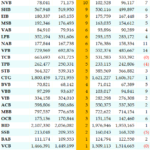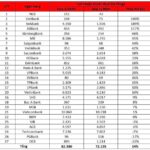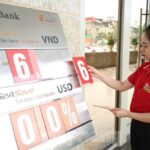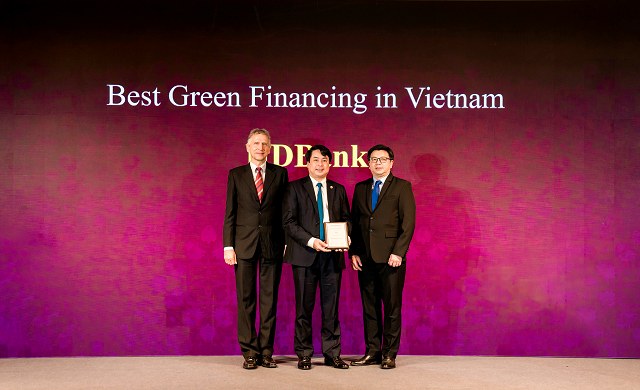
These insights were shared by Mr. Nguyen Duc Len, Deputy Director of the State Bank of Vietnam (SBV), Branch No. 2. Mr. Len assessed the real estate credit activities in the area for the first four months of 2025, highlighting several outcomes.
Firstly, the scale of real estate credit remains stable, accounting for approximately 28% of the total credit outstanding in the region. Notably, self-occupied real estate credit (loans for purchasing homes, transferring land use rights for construction, and home repairs, etc.) continues to constitute a significant proportion of total real estate credit, at 65%, amounting to VND 727 trillion, a slight increase of 0.05% from the previous month and 0.65% from the end of 2024.
Secondly, while the month-to-month growth of real estate credit has been inconsistent, it has remained positive and outpaced the overall credit growth in the area. In the first four months, real estate credit increased by 2.85%, compared to a 2.62% rise in overall regional credit.
Thirdly, social housing credit has rebounded in the last two months. As of April 2025, the total outstanding social housing credit reached VND 2,764 billion, up 4.84% from the previous month. In contrast, March 2025 saw a 1.7% increase, while February 2025 experienced a 2.55% decline.
According to Mr. Len, favorable interest rate policies and diverse, flexible credit products, particularly those tailored to the income of borrowers, have been instrumental. This approach ensures borrowers can maintain their standard of living while achieving homeownership. Financial institutions have embraced this philosophy, developing various attractive credit programs, including social housing loan packages and special loans for borrowers under 35. These initiatives promote both development and financial well-being.
– 09:10 21/05/2025
The Great Bank Rush: Why Money is Flooding In Despite Falling Interest Rates
According to experts, the continuous flow of deposits into banks despite low-interest rates indicates that savings accounts remain the safest investment option in the current economic climate.
“Billions Pour into Real Estate, but Companies Still Starve for Capital: Unveiling the Capital Conundrum”
As of the end of March, real estate business credit balances had surged by 20% compared to the end of 2024. This growth aligns with the recovering real estate market trend. However, it is crucial to carefully manage and direct capital flows into segments that align with the purchasing power of the population to mitigate risks.





















